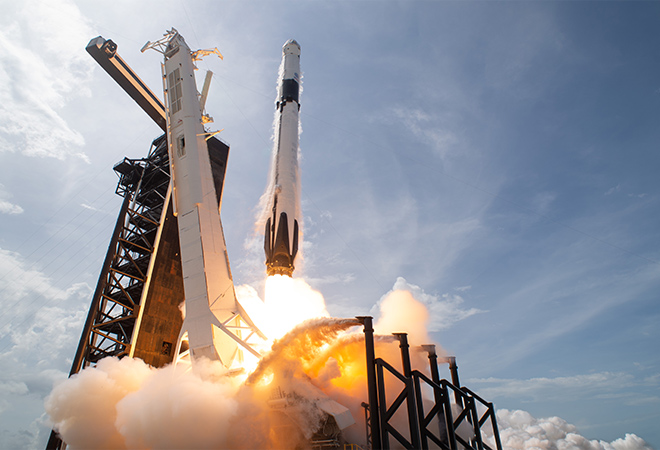Pioneer Journey: NASA’s First Mission – A Historic Milestone
NASA, the National Aeronautics and Space Administration, has been at the forefront of space exploration since its establishment on July 29, 1958. Over the decades, NASA has conducted numerous groundbreaking missions, each contributing to our understanding of space and paving the way for further exploration. In this article, we delve into NASA’s first mission, a pivotal moment in the history of space exploration.
Project Mercury: The Genesis of Human Spaceflight
NASA’s first mission, Project Mercury, aimed to put the first American into space and orbit the Earth. The project began in 1958, shortly after the Soviet Union’s success with the launch of Sputnik and Yuri Gagarin becoming the first human in space. The stakes were high, and the pressure to succeed was immense.
Objectives and Milestones
1. Selecting the “Mercury Seven” Astronauts:
NASA carefully selected seven exceptional pilots to be the first American astronauts: Scott Carpenter, Gordon Cooper, John Glenn, Gus Grissom, Wally Schirra, Alan Shepard, and Deke Slayton.
2. Suborbital Flights:
The initial missions were suborbital flights designed to test the spacecraft and prepare for the eventual orbital missions. Alan Shepard became the first American in space on May 5, 1961, during the Mercury-Redstone 3 (MR-3) mission, also known as “Freedom 7.”
3. Orbital Flights:
Following the success of the suborbital flights, NASA proceeded with orbital missions. John Glenn achieved the first American orbital flight on February 20, 1962, aboard the Friendship 7 spacecraft.
4. Progressive Achievements:
Subsequent Mercury missions built upon the earlier successes, conducting more complex tasks, longer flights, and gathering critical data to prepare for future space endeavors.
Legacy and Impact
Project Mercury set the stage for the Gemini and Apollo programs, ultimately leading to the iconic Apollo 11 mission, where humans first set foot on the Moon. The lessons learned and the expertise gained during Project Mercury laid the foundation for NASA’s continued efforts in space exploration, including its missions to the International Space Station (ISS) and the ambitious plans for Mars exploration.
Conclusion
NASA’s first mission, Project Mercury, marked a significant milestone in the history of space exploration. It showcased the bravery and dedication of the “Mercury Seven” astronauts, the expertise and hard work of countless engineers and scientists, and the indomitable spirit of discovery that drives humanity to venture beyond our planet. Project Mercury remains a beacon of inspiration, reminding us of the incredible achievements and the uncharted frontiers that await in the cosmos.







